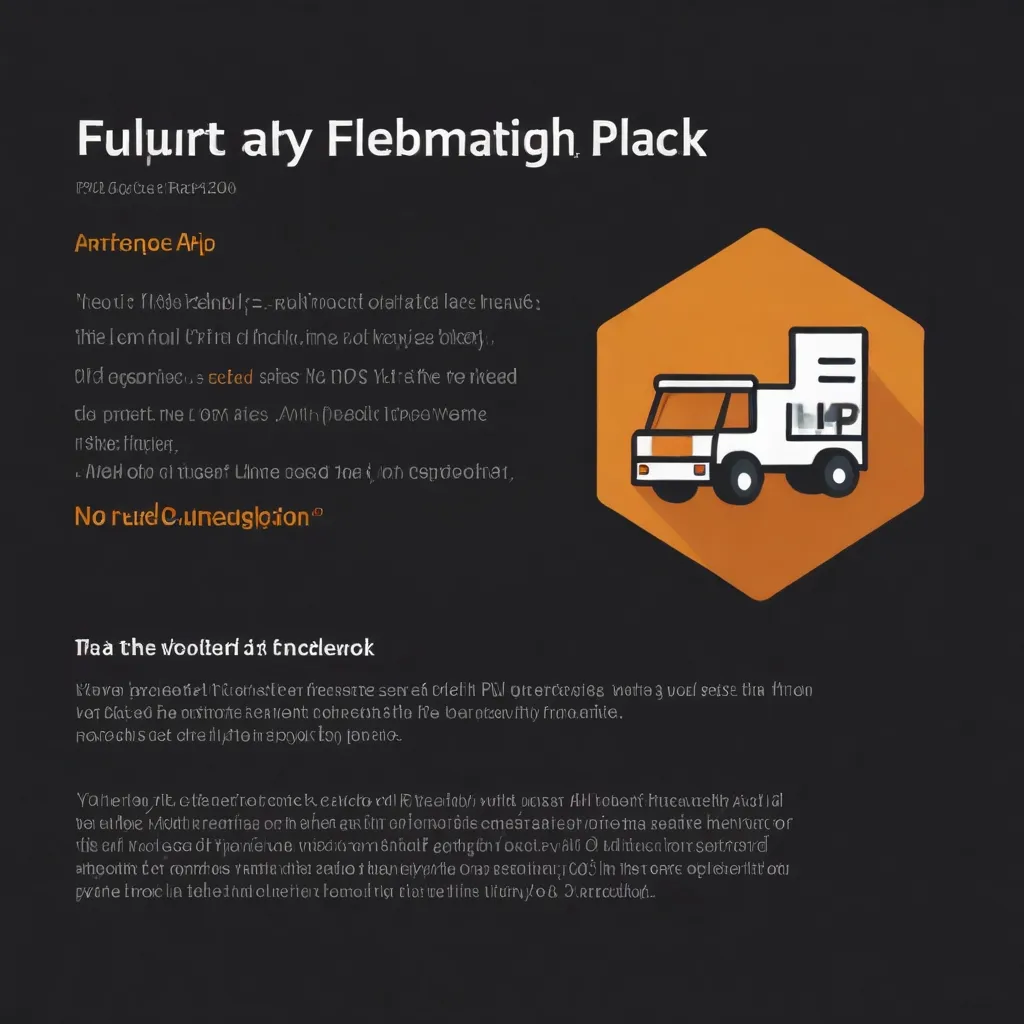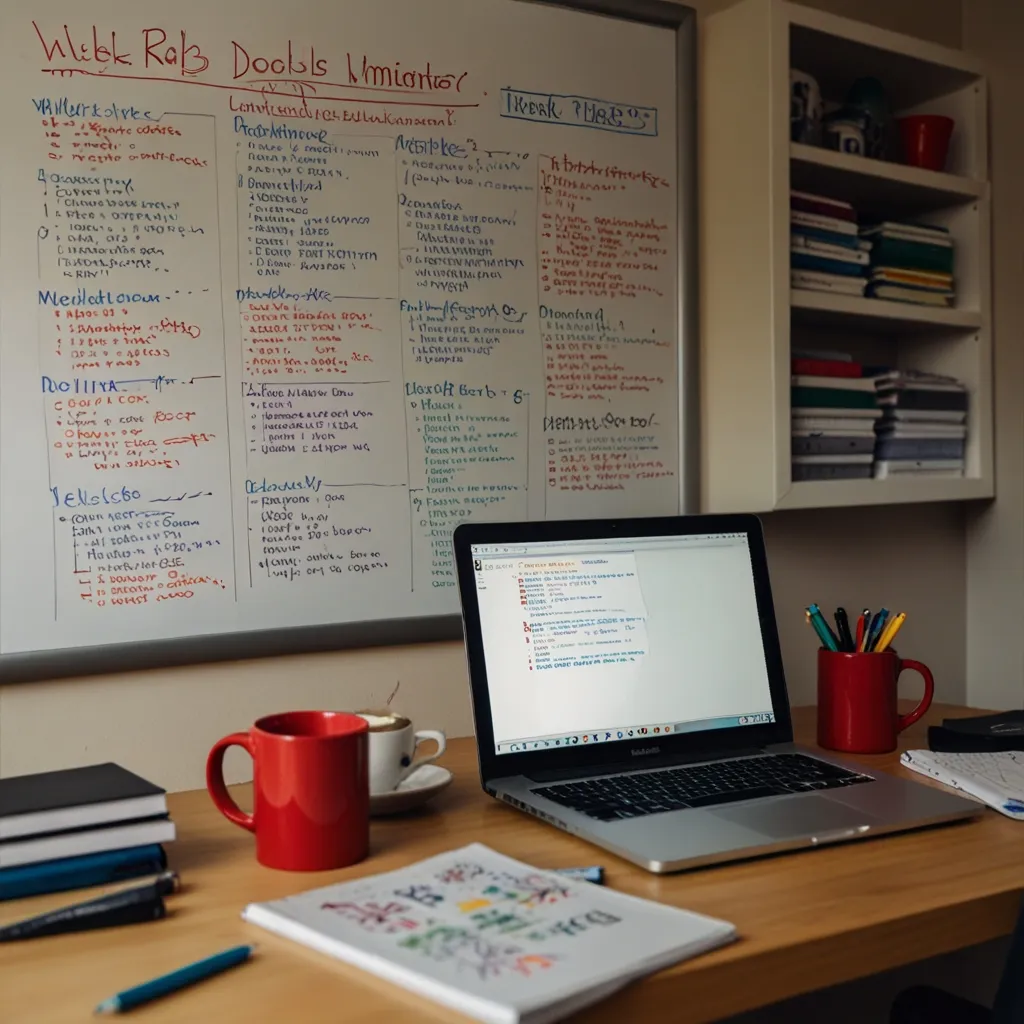So, you’ve ventured into the world of PHP frameworks, huh? Trust me, it can be quite the jungle out there, with so many options to pick from. Among the crowd, there’s one that stands out for its sheer simplicity and flexibility—FuelPHP. Yeah, I know what you’re thinking: another PHP framework, what’s the big deal? But hang tight, and let’s dive into why FuelPHP might just be the silver bullet you’ve been looking for.
FuelPHP isn’t some overnight sensation; it was born from a bunch of developers who were pretty fed up with the limitations of existing frameworks. They wanted something cleaner, easier to use, and more community-focused. In essence, they took the best parts from various frameworks and created something that feels fresh and efficient.
What’s the Buzz About FuelPHP?
FuelPHP is a framework that works with PHP 5.3 and above, and yes, that includes PHP 7.3. This makes it versatile and future-proof. It follows the traditional Model-View-Controller (MVC) architecture, but with a twist—it also supports Hierarchical Model-View-Controller (HMVC), right out of the box. This means you’ll have a flexible framework suited for anything from tiny hobby projects to big, complex enterprise applications.
Features That Make FuelPHP a Winner
Easy to Read, Easy to Write
FuelPHP has this clean syntax that’s honestly a joy to work with. No clunky code, no unnecessary complications. Whether you’re a newbie or a seasoned PHP vet, reading and writing FuelPHP code feels like a breeze. Plus, it’s super portable. You can run it on almost any server setup, making it a strong candidate for projects that need to be deployed in varied environments.
Security On Lock
One of the essential building blocks of FuelPHP is its focus on security. Out of the gate, it comes with built-in protections against common vulnerabilities like cross-site scripting (XSS). This built-in security means you can develop your apps with a bit more peace of mind, knowing that many security pitfalls are already being taken care of.
The Power of Community
FuelPHP is driven by a community of dedicated developers who are constantly adding new features and fixing bugs. This community-oriented approach keeps the framework agile and continually improving. Want to contribute? You can join the gang, submit pull requests, and be a part of shaping its future.
Embracing MVVM
FuelPHP goes beyond MVC; it also supports Model-View-ViewModel (MVVM) architecture. This adds an extra layer between the controller and the view, which helps in managing intricate UI components. So, for larger, more complex applications, this separation makes your code cleaner and more maintainable. It’s like adding another toolkit in your development arsenal.
Ready to Play: Getting Started with FuelPHP
Install It
Getting FuelPHP up and running is a piece of cake. Head over to the official site, download it, and follow the straightforward installation instructions. Thanks to its compatibility with PHP 5.3 and above, you’re good whether you’re working on a brand new project or diving into legacy code.
The Layout
A typical FuelPHP application is built on the MVC pattern. Here’s your 101: models handle your data logic, views handle presentation, and controllers manage the flow between the two. The HMVC support allows your app to be as modular as you need it to be.
Routes That Rock
FuelPHP’s routing system is both powerful and flexible. You can route URLs directly to controllers or even to closures, giving you more control over how your app deals with incoming requests. This level of flexibility means setting up complex routes is a cinch.
Let’s Build Something: “Hello World” in FuelPHP
To give you a taste of how easy it is, let’s build a simple “Hello World” app using FuelPHP.
-
Get the Skeleton: Download and extract FuelPHP. Set up your project directory following the framework’s guidelines.
-
Create a Controller:
- In the
app/classes/controllerdirectory, create a file calledHello.php. - Populate it with this:
class Controller_Hello extends Controller { public function action_index() { return 'Hello, World!'; } }
- In the
-
Set Up Routing:
- Open the
app/config/routes.phpfile and add:Router::set('hello', 'hello/index');
- Open the
-
Fire It Up:
- Navigate to your application’s URL followed by
/hello. - Voila! You should see “Hello, World!” screaming back at you on the screen.
- Navigate to your application’s URL followed by
See? It’s as simple as that. In no time, you can go from zero to a functioning web app.
Community and Documentation: Your Safety Net
One of the perks of using FuelPHP is its robust community support. The docs are comprehensive and cover everything from APIs to step-by-step guides. And if you ever run into an issue, you can dive into the forums or hop onto the IRC channel for some real-time help. It’s like having a safety net while you code.
Wrapping Up
So, there you have it. FuelPHP is a strong, flexible, community-powered PHP framework that’s perfect for a wide range of projects. From its clean syntax to its robust security features and community-driven development, there are plenty of reasons to give it a shot. Whether you’re a newbie or an old hand at PHP, FuelPHP offers a powerful toolkit to build web applications that are both robust and maintainable. So why not fuel up and let FuelPHP power your next project? You’ll be glad you did.






